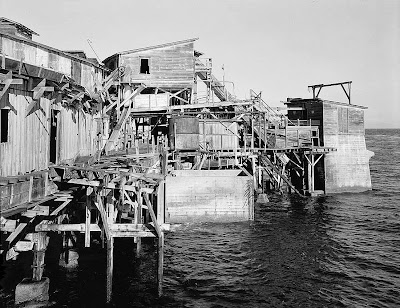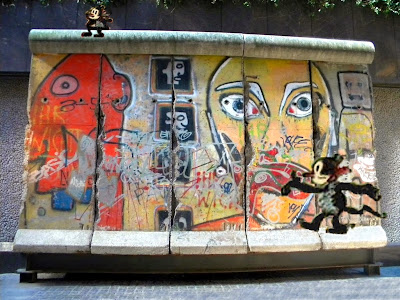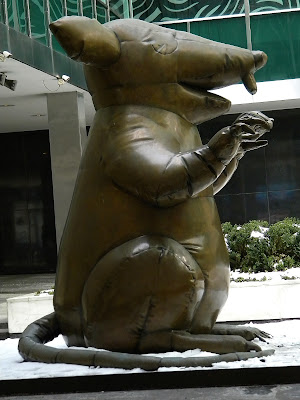The Grapes of Wrath John Steinbeck. Public Domain ClipArt Stock Photos and Images. Title: An original cabin (compare this photo with those of cabins vastly renovated in the early 2000s) in the former Weedpatch camp, south of Bakersfield, California
Creator(s): Highsmith, Carol M., 1946-, photographer. Date Created / Published: 2013. Medium: 1 photograph : digital, tiff file, color. Reproduction Number: LC-DIG-highsm-24208 (original digital file)
Rights Advisory: No known restrictions on publication.
Call Number: LC-DIG-highsm- 24208 (ONLINE) [P&P] Repository: Library of Congress Prints and Photographs Division Washington, D.C. 20540 USA http://hdl.loc.gov/loc.pnp/pp.print
Notes: Title, date, and keywords provided by the photographer. Weedpatch Camp, a "rescue camp" for distressed migrant workers, whom some disparagingly called "Okies," who had fled Dust Bowl conditions in the Great Plains. The camp was also referred to as the Sunset Camp and was officially known as the Arvin Federal Government Camp. Author John Steinbeck called it "Weed Patch Camp" in his novel, "The Grapes of Wrath."
Credit line: The Jon B. Lovelace Collection of California Photographs in Carol M. Highsmith's America Project, Library of Congress, Prints and Photographs Division. Gift; The Capital Group Companies Charitable Foundation in memory of Jon B. Lovelace; 2012; (DLC/PP-2012:063).
Forms part of: Jon B. Lovelace Collection of California Photographs in Carol M. Highsmith's America Project in the Carol M. Highsmith Archive.
Subjects:United States--California--Weedpatch. Weedpatch Camp. Okies. John Steinbeck. The Grapes of Wrath. America.
Format: Digital photographs--Color--2010-2020. Collections: Highsmith (Carol M.) Archive. Part of: Highsmith, Carol M., 1946- Carol M. Highsmith Archive,
Title: An outbuilding of the former Weedpatch camp south of Bakersfield, California.
Title: 11. PUMP HOUSE AND WEIGHING ROOM Fish were pumped from floating hoppers, to the pump house (on the far right). From there they were either lifted by conveyor belt to the weighing room (top center) and thence to the holding tanks, or were washed through sealers, weighed and then sluiced to holding tanks.
The process used depended upon the type and size of fish. The square cement vat (center) was to be a settling tank from which fish oil, reclaimed from the reduction process, was to be pumped into the round metal tank (above the vat). This process however, was never fully utilized before the sardines ran out. - Hovden Cannery, 886 Cannery Row, Monterey, Monterey County, CA
Medium: 4 x 5 in. Reproduction Number: HAER CAL,27-MONT,44--11
Rights Advisory: No known restrictions on images made by the U.S. Government.
Call Number: HAER CAL,27-MONT,44--11 Repository: Library of Congress Prints and Photographs Division Washington, D.C. 20540 USA http://hdl.loc.gov/loc.pnp/pp.print
Place: California -- Monterey County -- Monterey. Latitude/Longitude: 36.60028, -121.89361 Collections: Historic American Buildings Survey/Historic American Engineering Record/Historic American Landscapes Survey
Title: 28. EXTERIOR - CAN CONVEYOR Exterior section of empty can conveyor which transported cans from the third floor of the main warehouse (right) to the canning area. - Hovden Cannery, 886 Cannery Row, Monterey, Monterey County, CA
Medium: 4 x 5 in. Reproduction Number: HAER CAL,27-MONT,44--28
Rights Advisory: No known restrictions on image.
Call Number: HAER CAL,27-MONT,44--28 Repository: Library of Congress Prints and Photographs Division Washington, D.C. 20540 USA http://hdl.loc.gov/loc.pnp/pp.print
Place: California -- Monterey County -- Monterey. Latitude/Longitude: 36.60028, -121.89361. Collections: Historic American Buildings Survey/Historic American Engineering Record/Historic American Landscapes Survey






















































